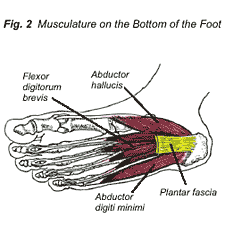

Specifically, the central nervous system (CNS) simplifies the control of complex motor behaviors by merging a small number of primitives, each of that is a functional unit that specifies a multiple-degree-of-freedom coordination pattern. Researchers have discovered that the neuromotor system coordinates dimensionality in joints, muscles, and neural activity in the last few decades. Motor synergy, also known as primitives, is a hypothesis that can be used to describe the state of the nervous system. However, to our best knowledge, no research has been conducted to understand the age-related symmetrical activity of the nervous system influencing gait symmetry, and one aspect where this is lacking is the symmetry measures calculated from various gait features including spatial–temporal, kinetic, kinematic features are insufficient to describe the state of the nervous system. Therefore, a better understanding of how the nervous system's symmetrical activity influences gait symmetry in typically developing children may allow the development of treatment programs for children with neurological gait asymmetry. Taken together with clinical observations, there appears to be a link between gait symmetry and the nervous system. Another study found that asymmetry is caused by non-lesioned neuronal activity and that only measures of symmetry were associated with global recovery scores. Evidence of the neurological basis of gait symmetry can be observed in studies evaluating the symmetry of cortical connectivity in both hemispheres of the brain. Gait symmetry is utilized as an indicator of neurologic function.

These data provide an age-related framework and normative dataset to distinguish age-related differences from pathology in children with neuromotor disorders. It is suggested that kinematic synergy of lower joints can be asymmetric at the onset of independent walking and showed improving symmetry with increasing age, whereas the age-related effect on the symmetry of muscle synergies was not demonstrated. However, no significant age-related changes in symmetry values of muscle synergy were observed. The results showed that the effect of age was significant on the symmetry values extracted by kinematic synergies, while older children exhibited higher kinematic synergy symmetry values compared to the younger group. Statistical analysis was performed to examine intergroup differences. The synergies extracted from the left and right sides were compared with each other to obtain a symmetry value. Kinematic synergies and muscle synergies were extracted with principal component analysis (PCA) and non-negative matrix factorization (NNMF), respectively. Participants walked barefoot at a self-selected walking speed during three-dimensional gait analysis (3DGA). To evaluate the effect of age on the symmetry of the coordination of multiple joints or muscles during childhood, we measured gait symmetry by kinematic and EMG data in 39 healthy children from 2 years old to 14 years old, divided into three equal age groups: preschool children (G1 2.0–5.9 years), children (G2 6.0–9.9 years), pubertal children (G3 10.0–13.9 years). Extending beyond individual joints or muscles, identifying age-related changes in the coordination of multiple joints or muscles (i.e., muscle synergies and kinematic synergies) could capture more closely the underlying mechanisms responsible for gait symmetry development. The age-related changes of gait symmetry in healthy children concerning individual joint and muscle activation data have previously been widely studied.


 0 kommentar(er)
0 kommentar(er)
